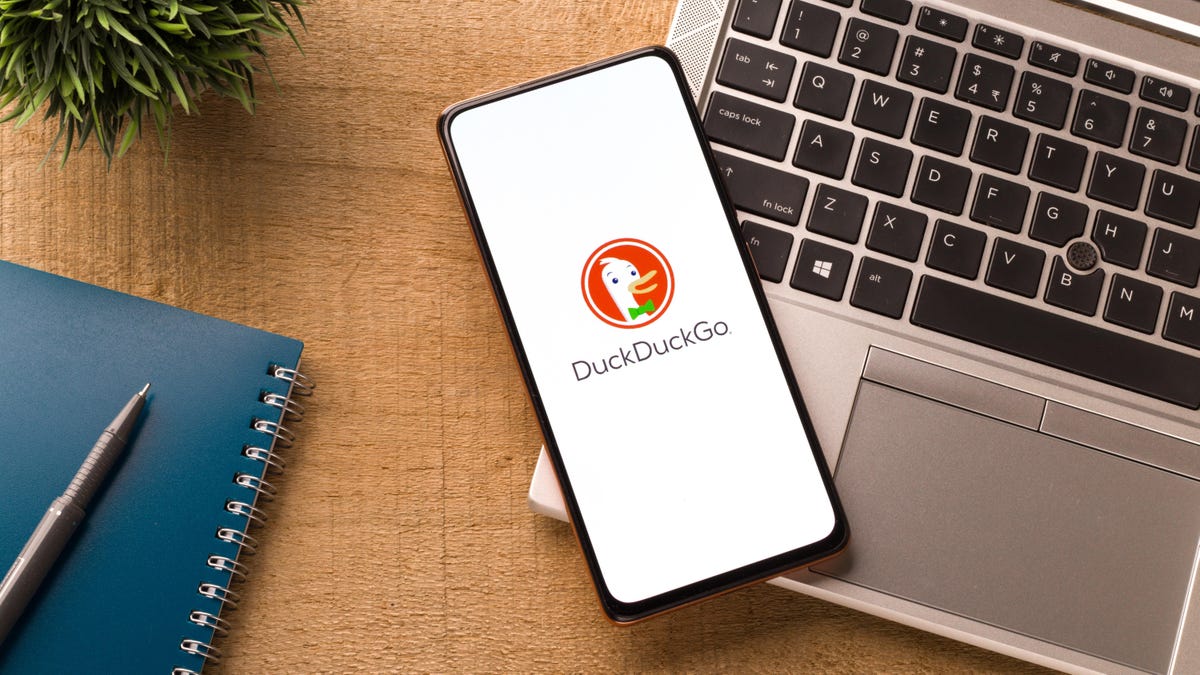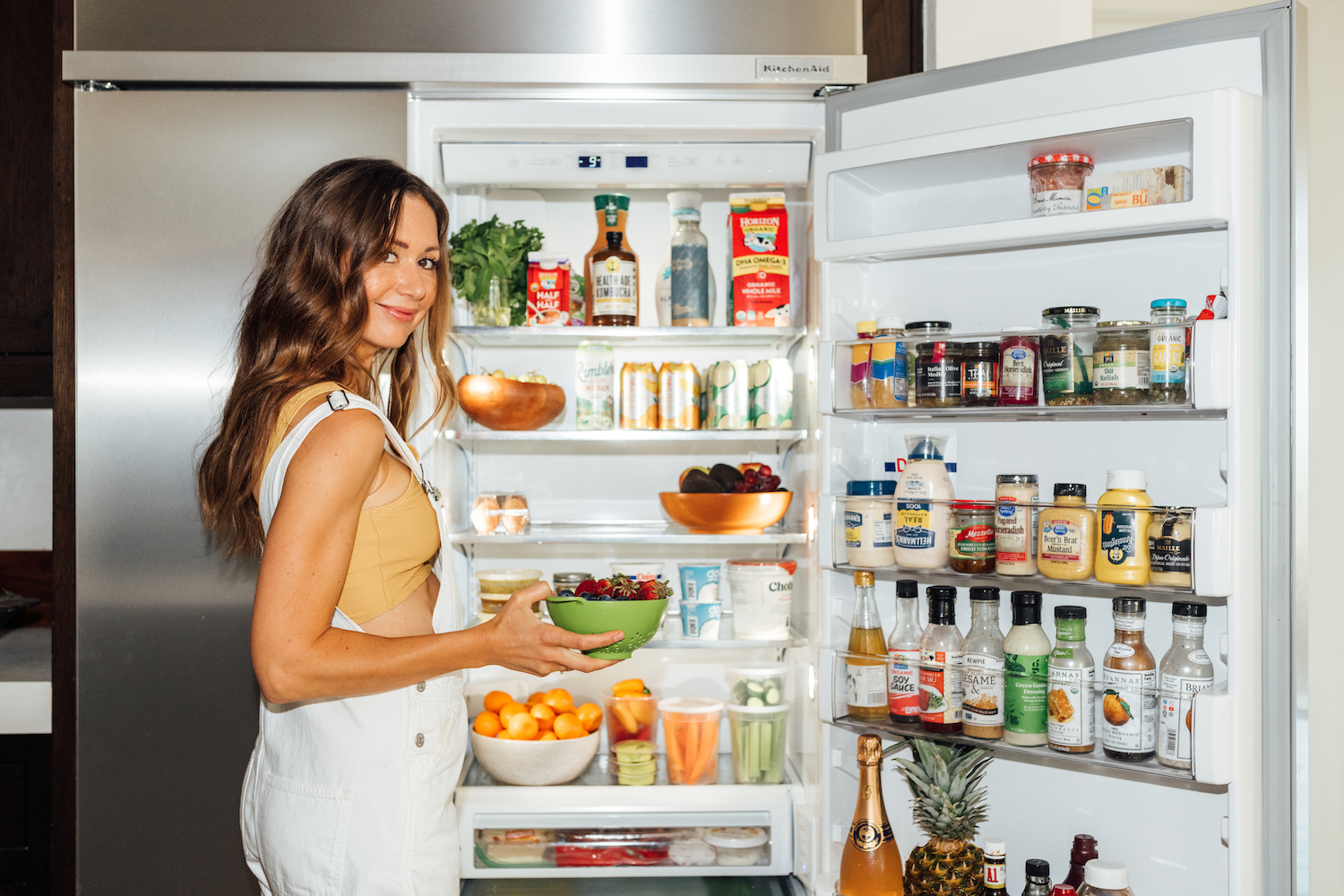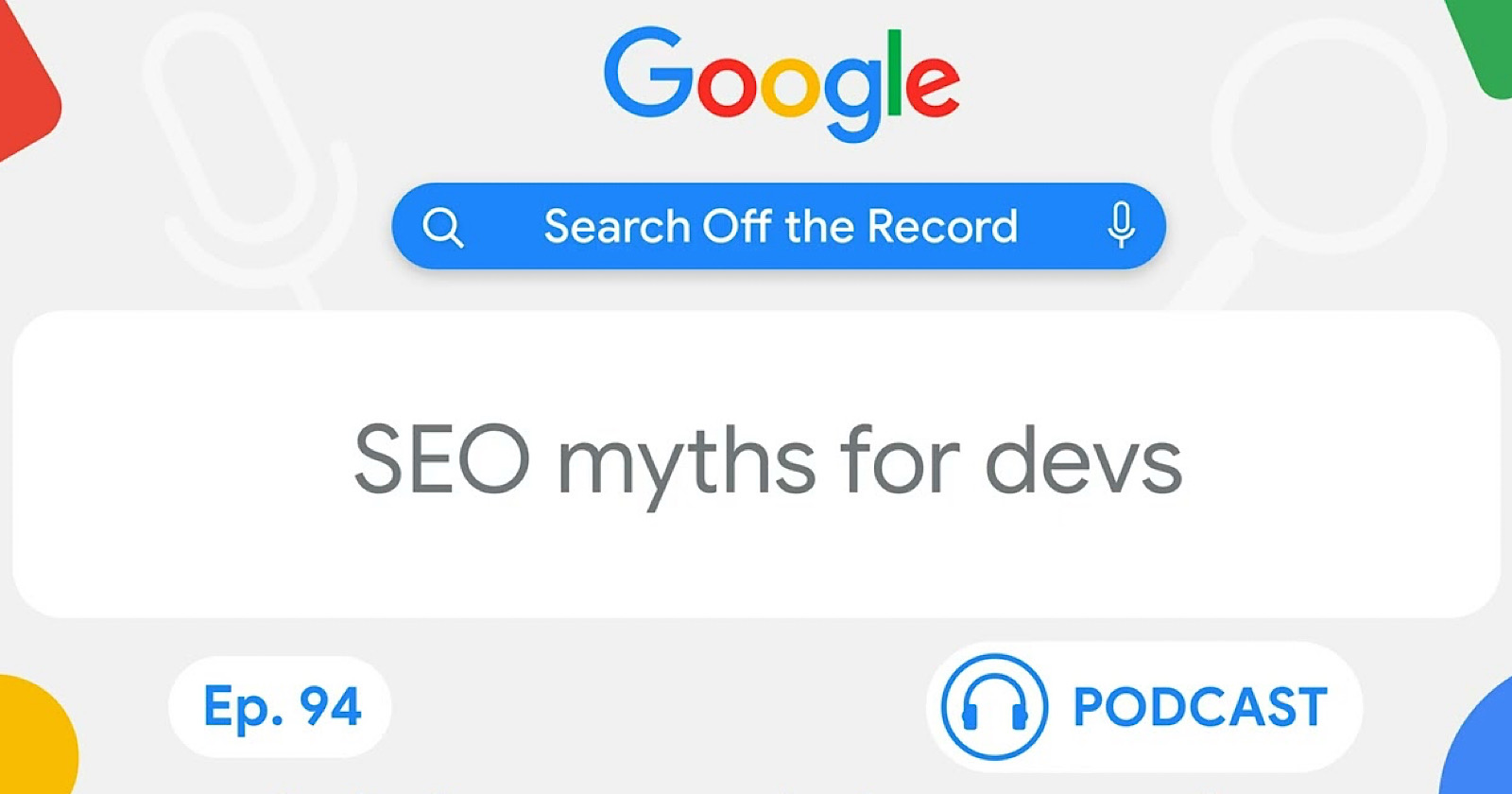When You Need a DSLR Camera Instead of a Phone
The cameras on current-generation smartphones are extremely high quality. The iPhone 14 Pro has a 48MP main camera sensor, four lenses, and software that’s so sophisticated it can seem like magic. It’s more than enough camera for a quick...

The cameras on current-generation smartphones are extremely high quality. The iPhone 14 Pro has a 48MP main camera sensor, four lenses, and software that’s so sophisticated it can seem like magic. It’s more than enough camera for a quick selfie—but is it all the camera you’ll ever need? It depends. As good as phone cameras have become, there are still situations where a dedicated DSLR camera is the best digital photography option.
When it’s better to use a DSLR over a smartphone
For most day-to-day uses, a phone is the right choice for most people. It’s convenient, it’s with you all the time, and it can take good photographs even if you have little idea of what you’re doing. But if you get more serious about photography, the limitations of phone cameras start to come into focus.
Use a DSLR if you want to learn how photography works
Real cameras are great for control freaks. Smartphone cameras take amazing pictures, but they take the pictures; you are mostly along for the ride. Most people are content with letting the auto-settings and software in their phones make the major decisions, but if you want to go deeper—if you want to learn why a photo you took is so is great—there’s no better teacher than a real camera with actual lenses and all the auto-features shut off. Getting the exact shot you want because you understand composition, ISO, depth-of-field, shutter speed, aperture, and every other photographic detail, both technical and artistic, is educational and satisfying in a way that a point-and-shoot picture will never be.
A DSLR has better handling
As this video from PetaPixel points out, using a phone as a camera can be frustrating. Smartphones are flat slabs of glass and metal, designed to be lightweight and versatile, but anyone who has ever tried to change a setting on a phone’s camera on the fly understands the limitations of its design when it comes to picture taking. And when it comes to steadiness, a lightweight device is the worst option, even if it has digital stability features. A well-designed camera puts all the controls you need at your fingertips, so you don’t even have to look at them. Plus, the weight and grip of a traditional camera cannot be replicated with a phone. Sure, you could buy a camera grip for your iPhone, but then it’s not going to work well as a phone.
You can do more with flashes on a DSLR
Cellphone flashes aren’t great. They generally have a single, relatively weak, built-in light—it’s actually a flashlight. If you’re shooting with a DSLR (or even a traditional film camera), you can do way more with your flash, including using a colored flash; multiple, synced flashes to create dramatic lighting for photos; or a very bright flash that can capture fast-moving objects at night. You can use a ring flash, put your flash on a cable and place it wherever you like, etc. It’s another way that a DSLR gives you more control.
DSLR gives you genuine optical zoom
Thankfully, the days of a smartphone’s “zoom” consisting of magnification are coming to a close. Lower-end phone cameras still call enlarging and cropping an image a “zoom,” but more expensive phones use a variety of techniques, like switching between multiple lenses with software “filling in” expected information, to approximate a “real” zoom. It’s good, but it’s ultimately just an imitation of the genuine article. A purely optical zoom achieved through physically moving mechanical parts in a lens to change focal length offers way more control and possibilities than even the most sophisticated phone-camera.
You need a DSLR if you’re serious about lenses
Photography is all about lenses, and even though higher-end phones offer three or four different choices, you’re not getting close to the variety of lenses you get from physically switching out equipment on a camera. A DSLR will let you slap on a fish-eye, 300mm+ super telephoto, macro lens, or tilt-shift lens and take any kind of photograph you can imagine.
If you’re turning pro, you definitely need a DSLR
If you’re being paid to take photographs, it’s generally expected that you show up with an actual camera instead of whipping out your phone, if only to keep up appearances. But beyond that, most “serious” digital photographers don’t shoot on phones because they usually aren’t shooting images for Instagram. Pro (and prosumer) cameras have larger image sensors than phone cameras, so the overall resolution of photographs is higher, and if you’re hanging your work in a gallery or capturing someone’s wedding, a phone camera isn’t going to give you the highest possible quality. At least, not yet.

 BigThink
BigThink 
































